A typical electrical circuit may include:
- main electrical element;
- switches;
- relay;
- electric motors;
- circuit breakers;
- fuse links or circuit breakers wiring;
- contact connectors used to connect the main element with the battery and body ground.
Notes:
Before you begin troubleshooting any electrical circuit, carefully study the relevant diagram in order to understand its functional purpose as clearly as possible. The circle of troubleshooting is usually narrowed by gradually identifying and eliminating normally functioning elements of the same circuit.
With the simultaneous failure of several elements or circuits, the most likely cause of the failure is the blown out of the corresponding fuse or a violation of contact with the “ground” (different circuits in many cases can close to one fuse or ground terminal).
Electrical equipment failures are often due to the simplest causes, such as corroded connector pins, blown fuses, blown fuses, or damaged relays. Visually check the condition of all fuses, wiring, and circuit connectors before proceeding to a more detailed check of the health of its components.
In the case of using diagnostic tools for troubleshooting, carefully plan (in accordance with the attached electrical diagrams) at which points in the circuit and in what sequence the device should be connected for the most effective troubleshooting.
The main diagnostic tools include:
- electrical circuit tester or voltmeter (you can also use a 12-volt test lamp with a set of connecting wires);
- open circuit indicator (probe), including a lamp, its own power source and a set of connecting wires.
In the car, you should always have a set of wires for starting the engine from an external source (the battery of another car), equipped with crocodile clips and preferably an electrical circuit breaker.
They can be used for shunting and connecting various elements of electrical equipment when diagnosing a circuit. As already mentioned, before proceeding to check the circuit using diagnostic equipment, determine the connection points from the diagrams.
Checking the presence of supply voltage
It is carried out in case of an electrical circuit failure. Connect one of the electrical circuit tester wires to the negative battery terminal or make good contact with the vehicle body. Connect the other tester lead to the connector pin on the circuit under test, preferably closest to the battery or fuse.
If the tester's control lamp lights up, there is supply voltage on this section of the circuit, which confirms the health of the circuit between this point in the circuit and the battery. Proceeding in the same way, explore the rest of the circuit.
Detection of a supply voltage failure indicates a fault between this point in the circuit and the last one previously checked (where the supply voltage was). In most cases, the cause of the failure is loosening of the connectors and damage to the contacts themselves (oxidation).
Search for a short circuit
One method for finding a short circuit is to remove the fuse and connect a probe lamp or voltmeter instead. There should be no voltage in the circuit. Pull the wiring while watching the probe lamp. If the lamp starts flashing, there is a short to ground somewhere in this wiring harness, possibly caused by chafing of the wire insulation. A similar test can be carried out for each of the components of the electrical circuit by turning on the appropriate switches.
Checking the reliability of contact with the "mass"
Disconnect the battery and connect to a point with obviously good contact with the "ground" one of the wires of the probe lamp, which has an autonomous power source. Connect the other lamp wire to the wire harness or connector pin you are testing. If the lamp lights up, contact with "ground" is in order (and vice versa).
Checking for an open circuit
After disconnecting power to the circuit, test it with a self-powered test lamp. Connect the probe leads to both ends of the circuit. If the test lamp lights up, there is no open in the circuit.
If the lamp does not light up, then this indicates an open circuit in the circuit. Similarly, you can check the health of the switch by connecting a probe to its contacts. When the switch is turned to the "ON" position, the probe lamp should light up.
Break location
When diagnosing a section of an electrical circuit suspected of having an open circuit, it is quite difficult to visually detect the cause of the malfunction, since it can be difficult to check the terminals for corrosion or a deterioration in the quality of their contacts due to limited access to them (usually the terminals are closed by the contact connector housing).
Useful advice:
A sharp twitch of the body of the wiring harness block on the sensor or the wiring harness itself in many cases leads to the restoration of contact.
Intermittent failures may be due to oxidation of the terminals or a deterioration in the quality of the contacts.
Diagnosing faults in electrical circuits is not a difficult task, provided it is clear that the electric current is supplied to all consumers (lamp, electric motor, etc.) from the battery through wires through switches, relays, fuses, fuses, and then returns into the battery through the "mass" (body) of the car.
Note:
Any problems associated with electrical equipment failure can be caused by the loss of electric current to them from the battery or the return of current to the battery.
Source: http://nissan-qashqai.dv13.ru/elektrooborudovanie/diagnostika-neispravnostej-elektrooborudovanie/
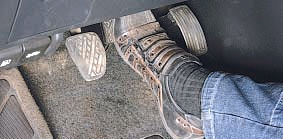
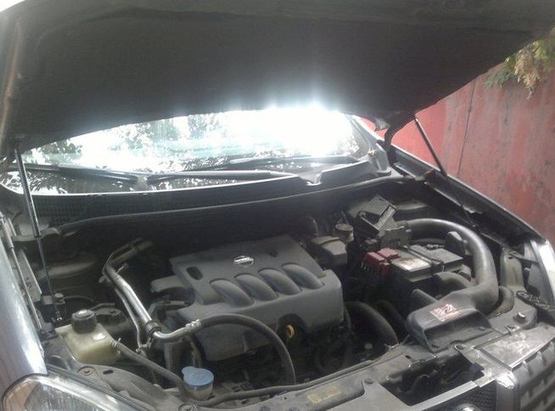
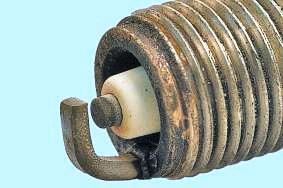
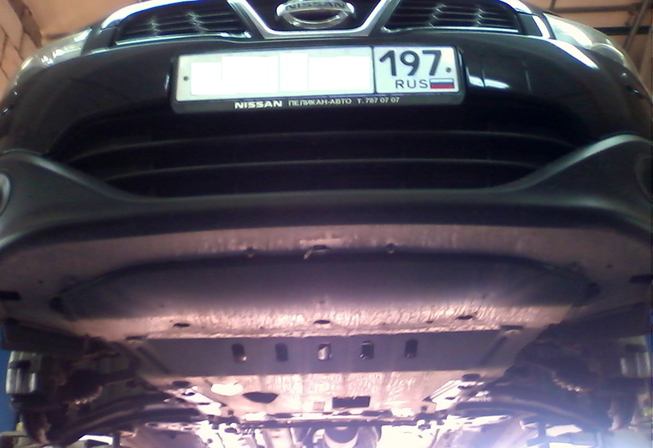
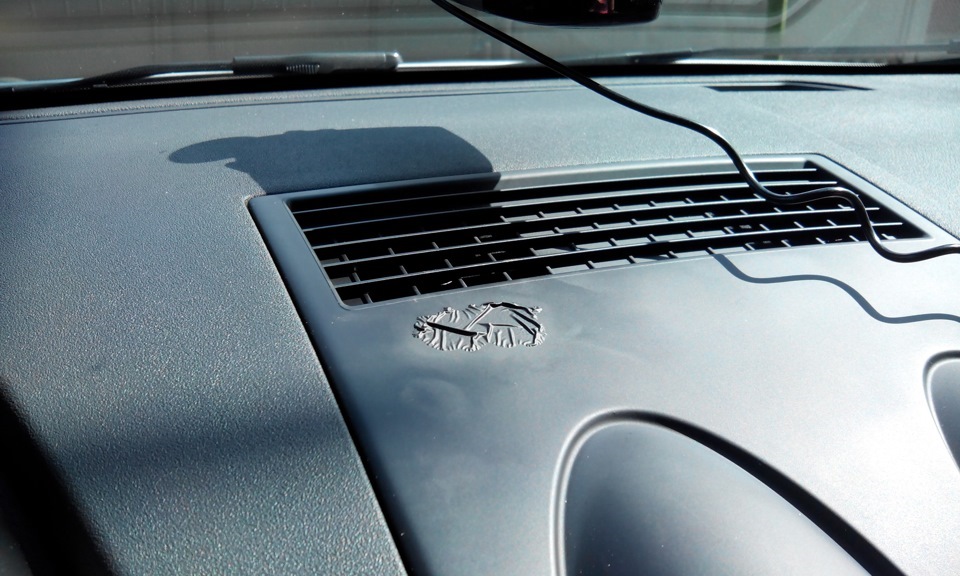
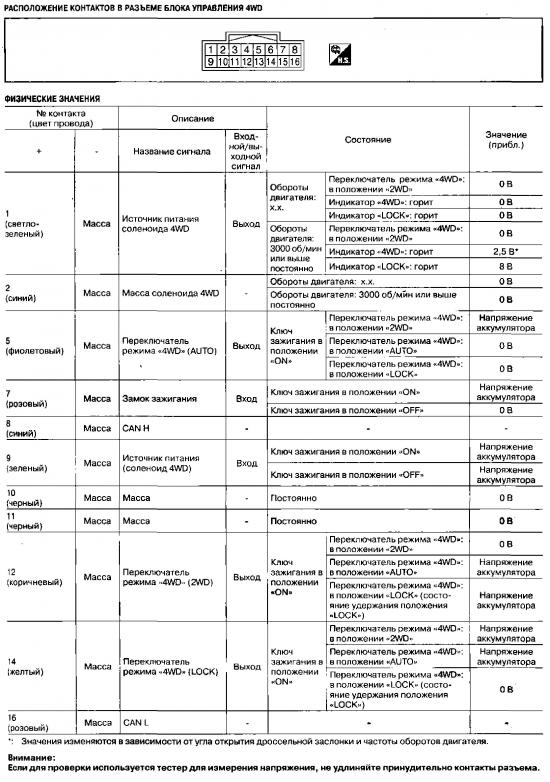
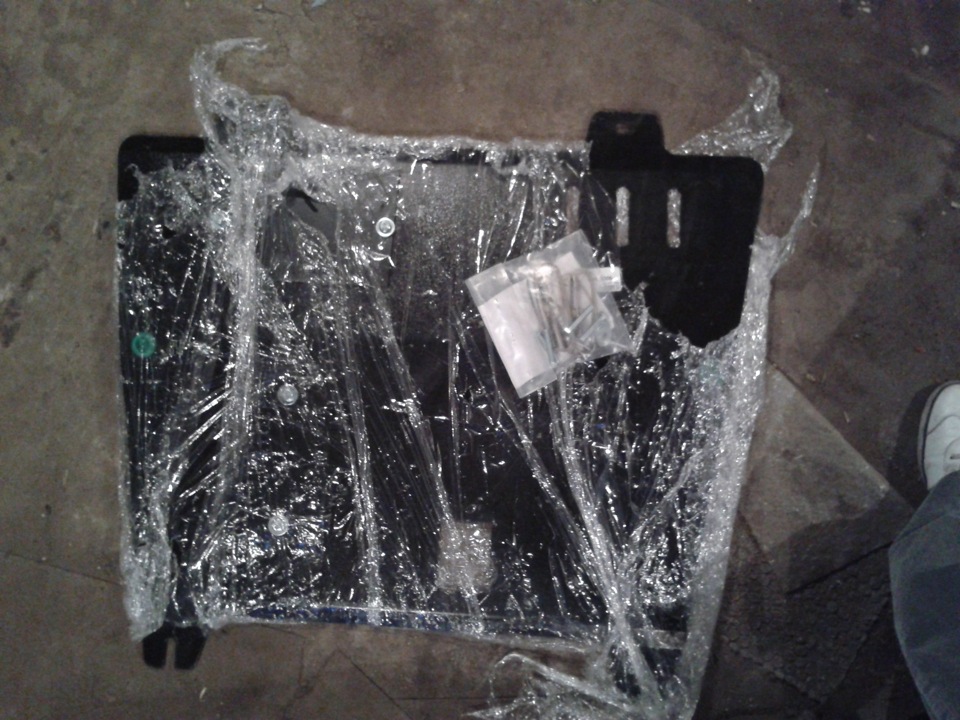


![1 generation [2007 - 2010]](/uploads/Nissan_Qashqai_2007-2010_.jpg)